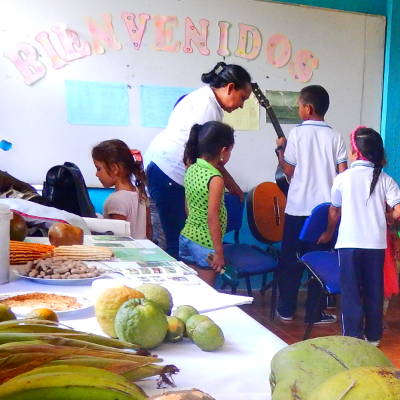First of all, it is crucial for the community to identify their reasons for communicating about their ICCA. On the one hand, it may be to reinforce internal awareness of its own values, vision, principles, and rules, in order to promote learning and continuity for the benefit of younger generations. On the other hand, the custodian community may wish to inform others of its presence, actions, and customary and legal rights and responsibilities. This may be especially important when the community needs to protect itself from external threats (mining or other environmentally destructive industries, political decisions that threaten the health of the environment, etc.).
Secondly, communicating implies that the community is clear on its message. This necessary preliminary work often strengthens the community itself, as it can be an opportunity to reflect on its values and its relationship with the rest of the world, and with persons in its community who are perhaps not yet fully aware of their own traditions, such as the younger generation.
Thirdly, once the community’s posture is well defined, it is necessary to clarify its objectives. The custodians of an ICCA may wish to be better recognized, supported, and respected. They may extend a hand to other communities, seeking to inform and inspire them, but also to hear from them and perhaps discover similarities in their objectives, and ultimately to collaborate with them towards better resilience and security for both or all ICCAs. Another objective may be to inform the general public about its commonly held values, and/or to seek external support in case of crisis. The community itself should be able to decide the information that it shares in such cases. Defining posture and communication objectives breeds transparency, accountability, legitimacy, and voice —all vital components of good governance.
Fourth and finally, communication includes carefully selecting the communication means and planning a communication strategy, depending on the community posture, reality, technical capacities, and the public it wants to address. This may be an effort that lasts a determined amount of time, possibly with a concrete end, such as the realisation of a video story; but another (likely complementary) strategy could extend over an unlimited amount of time, such as the decision to use social media. Either approach may imply finding an external source of help to learn to use these tools best; and both strategies offer opportunities for reinforcing the sustainability of the ICCAs and strengthening their resilience.



